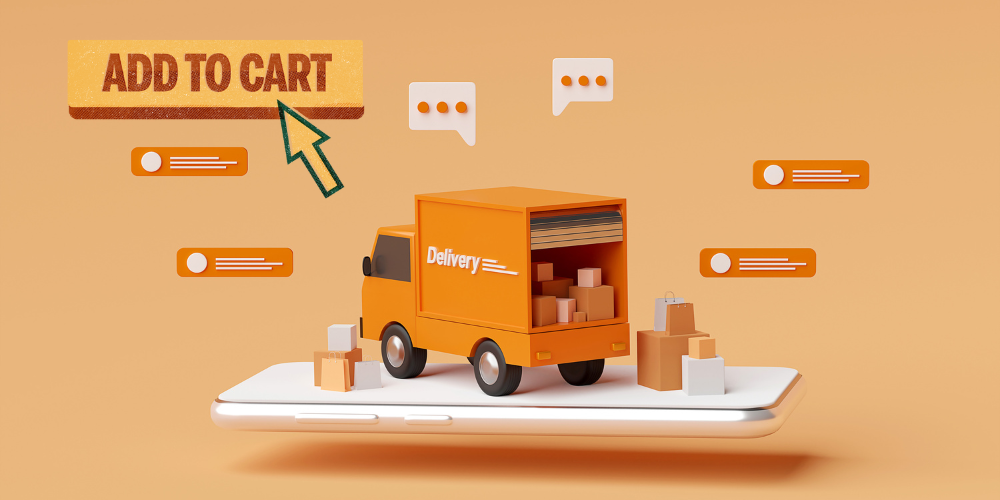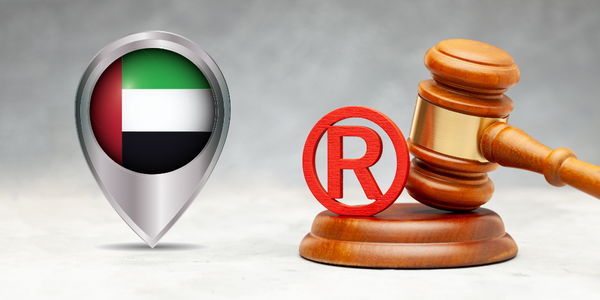Top 10 Tips to Market an E-commerce Business in Middle East

E-commerce, in the Middle East, is booming, and businesses are taking notice. With one of the world's youngest and most connected populations, the region is on track to reach $50 billion in online retail sales by 2025.
High internet penetration, widespread smartphone use, and growing demand for digital convenience are reshaping how people shop. For brands that can move fast and think locally, this is a rare window of opportunity.
But marketing an e-commerce brand here is not as simple as copying a Western strategy. What works in New York or London might fall flat in Dubai, Riyadh, or Muscat.
If you're launching or scaling an online store in this region, here are 10 practical tips to get your marketing right.
1. Localise Your Brand, Not Just Your Language
Arabic is spoken widely across the Middle East, but dialects vary. A one-size-fits-all translation will not create strong customer connections.
Work with native speakers to adapt your website and marketing content for the local audience.. Go beyond translation. Adapt images, messaging, and offers to fit cultural preferences in each country you target. A Saudi shopper may not respond the same way as a shopper in the UAE or Oman.
Authenticity builds trust. Shoppers in the Middle East value brands that understand their culture and respect their identity.
2. Mobile Optimization Is Non-Negotiable
Mobile usage dominates digital behavior in the region. Many users skip the desktop experience altogether. Your website must be fully responsive and mobile-friendly.
Product pages should load fast, buttons should be thumb-friendly, and the checkout process must be smooth. A poor mobile experience can cost you sales, no matter how great your product is.
3. Leverage Social Commerce on the Right Platforms
Social media is massive in the Middle East, and it is more than a place to scroll. It is a place to shop. Instagram, TikTok, Snapchat, and Facebook dominate the scene.
But preferences vary. Snapchat is huge in Saudi Arabia. Instagram has strong engagement in the UAE. TikTok is exploding among Gen Z everywhere. Partner with regional influencers and content creators. Use shoppable posts and live-stream product demos. Engage with your audience in real time.
4. Offer Local Payment Options
Cash on delivery is still popular in parts of the region. Digital wallets like STC Pay, mada, Apple Pay, and Tabby are growing rapidly.
Using local payment options makes customers feel comfortable and helps reduce dropped checkouts. Shoppers want flexibility and security. If they do not see their preferred method at checkout, they may never return.
You also need to consider currency localization. Show prices in dirhams, riyals, or dinars depending on the market.
5. Nail Your Delivery and Returns Strategy
Logistics are improving across the region, but challenges still exist. Fast and reliable delivery is a competitive advantage. Partner with trustworthy local couriers. Set realistic delivery windows.
Communicate clearly with customers about order status. Offer easy and fair return policies. Middle Eastern consumers value service. If your delivery experience is smooth, you will likely earn repeat business.
6. Embrace Arabic SEO and Paid Search
Search behavior in the Middle East is diverse. Many users search in Arabic, others in English, and many mix both languages.
Arabic SEO is still underutilized. This creates a strong opportunity to rank for key terms if your content is well optimized. Invest in Arabic keyword research, local backlinks, and regionally relevant blog topics.
Google Ads also performs well, especially when targeted by location and language. But again, customization is key.
7. Use Email and WhatsApp Marketing Strategically
Email is effective, but not always the top channel. WhatsApp is widely used across the region, especially in the Gulf. WhatsApp marketing offers direct access and high open rates.
Use it for order confirmations, promotions, and limited-time offers. Remember to be respectful and avoid spammy behavior. Email newsletters remain effective for formal communication, particularly when personalized.
8. Tap Into Cultural and Religious Events
Ramadan, Eid, and National Days are not only public holidays. They are marketing goldmines. Sales often spike during these periods. Plan campaigns around gift-giving, family themes, and generosity.
Use subtle religious and cultural references when appropriate. Visuals and offers must be aligned with the tone of the season. Flashy promotions during solemn moments may backfire.
9. Invest in Customer Service That Feels Human
Shoppers in the region value human interaction. Automated replies can feel cold or careless. Offer real-time chat where possible. Provide bilingual support, especially in Arabic and English. Train your team to be patient, polite, and helpful.
Customer service is more than solving problems. It is part of your brand’s personality. A good experience can turn a first-time buyer into a repeat customer.
10. Build Trust with Local Presence
Even for online businesses, customers still care about where you are located. Transparency builds confidence. Highlight your local warehouses or offices.
Showcase regional partnerships. Display customer reviews from local buyers. Offer region-specific guarantees and warranties. If you want to scale in the Middle East, you need to show that you belong there.
Want to Grow Your E-commerce Brand in the Middle East? Let’s Make It Happen
The region’s e-commerce market is expected to surpass $50 billion, but standing out takes more than just going online. You need the right strategy for the right audience.
At Click2MENA, our experts help you localise your brand, boost visibility, and drive real results. Call our experts today and tap into one of the fastest-growing e-commerce markets in the world.




